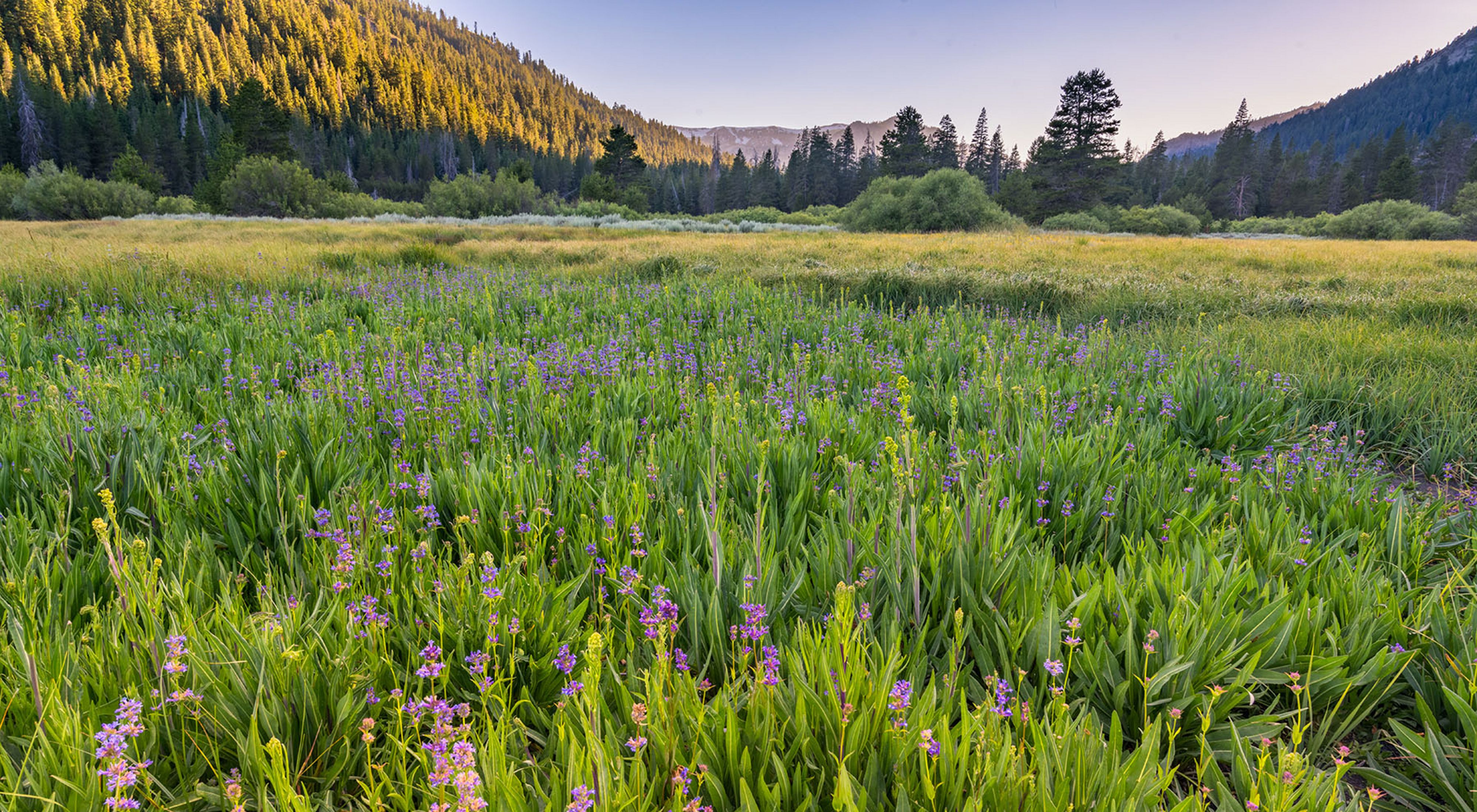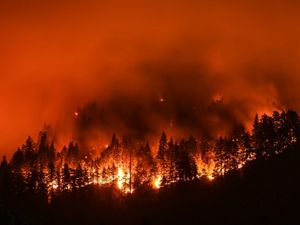Land of Promise
TNC has turned the business of protecting land into the business of building a future for California.
Create a network of wildlands across California
PROTECT AND CONNECT WILDLANDS:
Preserve key habitat and fortify a continental network of conservation lands
REWILD LANDSCAPES:
Restore natural systems and the species that depend on them
ESTABLISH LIVING LABORATORIES:
Make The Nature Conservancy’s lands a hub for research, discovery and innovation
Quote: Jason Pelletier
Using our own properties, we develop and test conservation solutions that are scaling across California and beyond.
Today, the need for conservation has become more urgent than ever. As the most populous state in the union, California’s remaining open spaces are under intense pressure from conversion and development. In addition, ecosystems are being impacted by climatic shifts that have led to prolonged drought, historic flooding, increased megafires and native species die-off.
The good news is, we can do something about it.


Over our 60-year history in California, TNC has helped protect more than a million acres across our state. But protecting land is only part of the equation. On our preserves, we’re using nature-based climate solutions to enhance nature's regenerative powers in the face of megafires, drought and flooding.
At the same time, we're connecting wildlands so that native California species can find the habitat they need as our climate warms.

Protect and Connect
TNC currently manages and monitors more than half a million acres of land in California. Much of this abuts and extends the reach of public lands. In addition, we’ve also acquired and transferred more than 300,000 acres to government ownership for the creation of parks and monuments throughout the state.
Our team uses land acquisition and protection as a strategic tool to fight climate change and help species navigate climate impacts. By protecting critical lands, TNC aims to create wildlife corridors, providing species with the ability to move to more suitable habitats as our climate changes.
Climate-ready Land Protection
We are now working to accelerate land acquisitions that help prepare California for a future in the face of climate change.
-
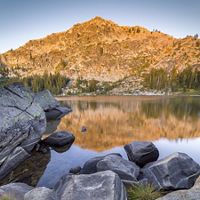
Frog Lake to Carpenter Valley, Northern Sierra Nevada
Between 2017 and 2020, we worked with the Truckee Donner Land Trust, the Trust for Public Land and the Northern Sierra Partnership to acquire three pristine Sierra properties totaling 4,240 acres: Frog Lake, Carpenter Valley and Carpenter Ridge.
-
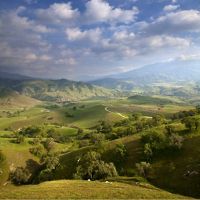
Tehachapi Linkage, Southern California
The Tehachapi Linkage is one of the most essential landscapes for habitat connectivity in California, as it is the only connection between the Sierra Nevada and the mountains of Southern California that run all the way to Baja California.
-
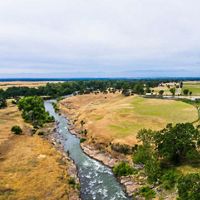
Nobmann Ranch, Lassen Foothills
TNC has protected more than 100,000 acres in the Lassen Foothills, and in 2020 we acquired the 462-acre Nobmann Ranch. The property abuts our Dye Creek Preserve and connects habitat for the state’s largest migratory deer herd.
-
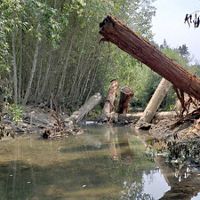
Ten Mile River Estuary, Mendocino County
Since 2014 TNC has helped to protect approximately 4,140 acres of land along the estuary of the Ten Mile River and implemented large restoration projects to improve habitat for coho salmon and many other rare species.
Rewild
Restoration means improving landscapes by eliminating the key stressors that degrade them. It also means protecting and restoring the key species and natural processes that sustain ecosystems and enhance resilience to climate change. In the Northern Sierra, the restoration of a single preserve is leading to landscape-scale change.

The Road to Restoration in the Sierra
California is not California without the Sierra Nevada. This spectacular mountain range sustains us, inspires us and calls us to action.
A century of fire suppression and unsustainable logging has created dense thickets of small trees and brush where majestic, old-growth forests once stood. Now, fires that should regenerate the forest too often explode into catastrophic megafires that destroy it. Droughts fueled by climate change have made the problem worse.
Our aim is to restore the healthy cycle of frequent, low-intensity fires and the ecological conditions that better resemble the resilient forests that existed prior to the 20th century. The solution is controlled burns and ecological forest thinning to remove small and unhealthy trees so the plants and animals that depend on older forest conditions can thrive. TNC’s science has shown that restoring a forest’s health will also bolster its resilience to fire and climate change.
Now, we’re bringing powerful partners to the table, targeting restoration across nine million acres of Sierra forest.
Two things set this work apart from previous efforts: the geographic scale of restoration and the diversity of partnerships. We’re bringing together federal and state agencies, water utilities, rural counties, the timber industry, environmental groups and many others to scale up restoration. Fires don’t distinguish between public and private land, so restoration shouldn’t either.

Growing Our Impact
2,300 ACRES: INDEPENDENCE LAKE PRESERVE
After establishing the preserve in 2010, we launched our first forest restoration efforts on these lands. To protect the lake’s threatened Lahontan cutthroat trout and reduce the risk of high-severity wildfire, we applied ecological thinning and prescribed burning techniques that are now being scaled across the Sierra.
28,000 ACRES: FRENCH MEADOWS/AMERICAN RIVER HEADWATERS
In 2015, TNC brought together state, federal, and local partners-- including the local water utility--for this first-of-its-kind collaboration. The group took a similar restoration approach to the one used at Independence Lake and scaled it in a landscape 10-times larger.
275,000 ACRES: NORTH YUBA RIVER WATERSHED
Initiated in 2019, this project will be the largest forest restoration of its kind in the Sierra. Using the partnership model we honed at French Meadows, we are working with nine partners to restore one of the most critical watersheds in the region.
2.4 MILLION ACRES: TAHOE-CENTRAL SIERRA INITATIVE
Thanks to the scientific credibility and strong partnerships we built up through our work in the Sierra, TNC was invited to work with the U.S. Forest Service to lead the science effort that will guide restoration across the 2.4 million-acre band of forest surrounding Lake Tahoe.
9 MILLION ACRES: RESTORATION OF SIERRA NEVADA FORESTS
The ultimate goal for our Sierra strategy is restoring this core forested area within the 30-million-acre mountain range. The Tahoe-Central Sierra Initiative is already helping us develop a strategic plan for the entire system.
TNC’s successes on the ground and in the policy arena are driving land restoration at an unprecedented scale.
Growing Habitat
Restoration is not only for our forests. Working lands like farms and ranches play a critical role.
About one fourth of the western populations of greater and lesser sandhill cranes call the Sacramento-San Joaquin River Delta home every winter, as do other migratory birds in this important corridor on the Pacific Flyway. Because of our 8,500-acre Staten Island property, thousands of sandhill cranes have a place to rest in an otherwise vastly developed landscape amidst some of the most expensive and intensively-farmed land in the world. We’re proving that it’s possible and profitable to grow crops and provide essential bird habitat.
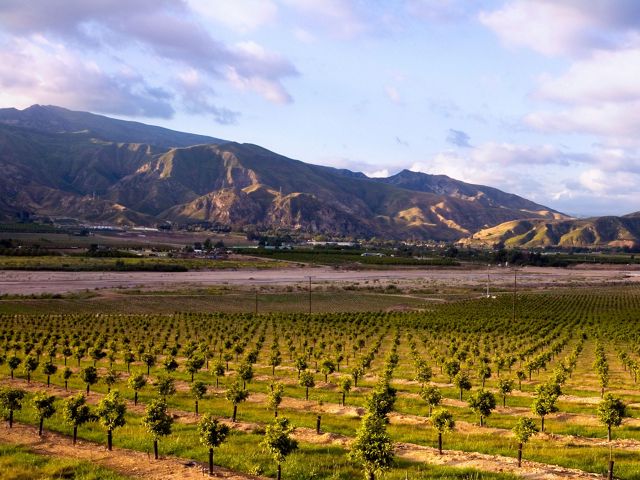
Partnering with local communities along the Santa Clara River is our best chance for protecting the last free-flowing river in Southern California. The Santa Clara River valley represents a confluence of opportunities to improve livelihoods in disadvantaged communities, secure protection of the floodplain by working with farmers, and restore habitat for the benefit of people and nature. For frontline communities along the Santa Clara River, access to natural space is incredibly limited.
TNC is expanding opportunities for local communities to immerse in nature. We are also working closely with the farming community to provide floodplain protection and wildlife corridors. Our numerous habitat restoration projects support biodiversity and provide ecosystem services with critical benefits for people, including floodplain connectivity, groundwater recharge, carbon sequestration and wildfire risk reduction.
Stewardship
TNC owns and manages some of the most iconic wildlands in California. From pristine wilderness to working ranches, these holdings represent the enormous breadth of land-use in California. But these lands show more than accomplishments of our past; many are demonstration sites where we test the new practices for tomorrow’s conservation.

Adapting to Climate Change; Our portfolio of work demonstrates how conservation can provide an integrated solution for reducing climate change and its adverse effects: how better land management can enhance carbon sequestration; how avoiding land conversion can reduce greenhouse gas emissions; how we can facilitate nature’s adaptation to the changing world; and how nature, in turn, can help communities adapt.
Tech Innovation: Today’s tech revolution has the potential to make conservation dramatically more efficient and effective. From remote sensing to machine learning, we are using emerging technologies to offer powerful ways of streamlining information flows, empowering community scientists, and accelerating the impact of our conservation strategies.
Translocations: Some species simply can’t move fast enough to keep up with the pace of climate-driven habitat change, or can’t pass through barriers erected by infrastructure development. Others have disappeared from otherwise suitable habitat where their loss impacts other dependent plants and animals. Translocation is a set of tools designed to restore the full complement of animals and plants to landscapes or to enable their movement to more suitable future habitat. We are advancing the science and practice of using translocation to bolster populations of rare species around California.
Living Laboratories
In the era of extreme global change, we know that simply preserving wild places isn’t enough. We need to turn our preserves into living laboratories where we can develop the tools to help nature adapt and persist. That’s why at our Dangermond and Santa Cruz Island Preserves, we’re bringing together researchers from around the world to collaboratively restore, manage and study these critical systems.
We’re experimenting with cutting-edge science and technology tools—from novel mapping and eradication techniques for invasive plants to wildlife cameras that are connected to the internet for real-time data collection. We are sharing insights with conservation and science communities around the globe because we know that collaboration leads to lasting solutions.

Established in 2017, the Dangermond Preserve is a 24,329-acre coastal property stretching from the mountains to the sea at Point Conception near Santa Barbara. With unparalleled opportunities for conservation, research, and education, TNC is managing the landscape to protect connected areas for wildlife to roam, plants to grow, and marine wildlife to thrive. We are also developing a world-class research and environmental education enterprise to inspire future conservation leaders.

Once on the brink of ecological collapse, Santa Cruz Island is a portrait of what southern California used to be like 200 years ago. Twenty five miles off the coast of Southern California and within the Channel Islands National Park, Santa Cruz Island has been a living laboratory for island restoration and conservation since TNC purchased most of the island in 1978. Our 76% ownership of the island allows our team to practice innovative conservation methods and share lessons learned with other island conservation projects around the world.
The Future of our Landscape
TNC’s Land Program is working to ensure the future of California’s critical landscapes. We are securing a reserve network across California so species have room to roam and adapt to a changing climate; accelerating the restoration of degraded ecosystems to better support biodiversity that benefits people and nature; and transforming our preserves and holdings into world-class living laboratories for conservation innovation. With these strategies, we make progress every day toward protecting the land we love for future generations.
Making 30X30 Count for California
In October 2020, Governor Newsom signed an executive order committing to protect 30% of California’s lands and coastal waters by 2030. This commitment could help our state stem the biodiversity crisis. But where this work touches down matters. Our StoryMap explains.
